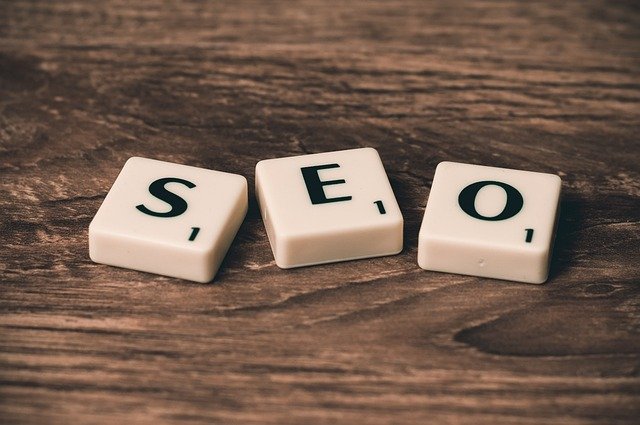Leveraging Influencer Partnerships for Organic User Growth
Influencer partnerships can be a strategic channel for organic user growth in the gaming sector, helping developers reach attentive communities, increase engagement, and improve long-term metrics. This article explains practical approaches for acquisition, retention, monetization, and measurement that teams can apply across regions and platforms.

Influencer collaborations offer a distinct pathway for organic user growth in the gaming space because creators bring context, trust, and an existing audience that can accelerate discovery. When studios align creative assets with a creator’s style, they can increase visibility without relying solely on paid installs. This piece outlines how influencer-led campaigns touch acquisition, retention, monetization, localization, analytics, and other levers that support sustainable growth.
How can influencer partnerships drive acquisition?
Influencers extend reach to niche audiences that advertising platforms may not address efficiently. For game launches, creators who demonstrate gameplay, share first impressions, or host live streams introduce titles to potential players in a natural way. Effective acquisition hinges on clear briefs for creatives, timing drops around game updates or events, and pairing creator content with optimized onboarding so new users understand core mechanics quickly. Crosspromotion between creators and platforms can also multiply exposure while keeping acquisition costs focused on organic uplift and community-driven virality.
What role do creatives and engagement play?
High-performing influencer campaigns prioritize creatives that fit both the game and the creator’s voice: short highlight reels, challenge formats, and modular assets for stories or shorts work well. Engagement grows when influencers encourage participation—user-generated challenges, in-game objectives, or cooperative play invite viewers to try the game themselves. Track metrics like session length, social interactions, and engagement rates on creator posts to understand which creative formats convert views into active players.
How do partnerships support retention and onboarding?
Retention improves when influencer content aligns with a game’s onboarding flow. Creators can model early progression, explain meta systems, or showcase helpful starter tips that reduce initial friction for new players. Coordinating creator tutorials with in-game onboarding incentives—such as exclusive cosmetics, starter packs, or time-limited events—can reinforce retention. Onboarding should be simple, with progressive skill gates and clear next steps to keep players past their first sessions, while influencers reinforce these steps through ongoing content.
How can collaborations affect monetization and lifetimevalue?
Influencer-driven audiences often have higher lifetimevalue when creators provide contextual reasons to spend—cosmetic showcases, battle pass walkthroughs, or cooperative content demonstrating value. Monetization strategies tied to influencers should avoid hard sells; instead, present purchases as meaningful enhancements to the experience. Track conversion funnels from creator referral to first purchase and beyond. Lifetimevalue increases when influencer content encourages repeat engagement and when creators revisit the game with updates, creating recurring touchpoints that sustain spend and playtime.
When should localization and crosspromotion be applied?
Localization matters for global growth: partner with regional creators who can adapt messaging, humor, and cultural references for their audiences. Local influencers can surface region-specific retention drivers and suggest localized creatives or onboarding changes. Crosspromotion among creators—collab streams, clan events, or tournament formats—can help a game gain steam in distinct markets. When planning launches in your area or new territories, evaluate language preferences, platform popularity, and creator reach to tailor campaigns effectively.
How should analytics inform virality and future campaigns?
Analytics provide the feedback loop that turns one-off creator success into repeatable programs. Monitor acquisition sources, retention cohorts, purchase behavior, referral codes, and virality metrics like share rate and creator-driven invite acceptance. Use A/B tests for different creative formats and influencer tiers to compare cost of user acquisition with organic uplift. Insights from analytics help refine onboarding flows, creatives, and crosspromotion strategies so that future collaborations are more targeted and efficient.
Conclusion Influencer partnerships can be an organic, cost-effective mechanism for growth when integrated across acquisition, onboarding, engagement, and monetization strategies. By aligning creatives, using localized approaches, coordinating crosspromotion, and measuring outcomes with robust analytics, teams can cultivate sustained virality and increase lifetimevalue for players discovered through creators. The result is a feedback-driven approach where creators and developers iterate together to improve both short-term impact and long-term retention.





